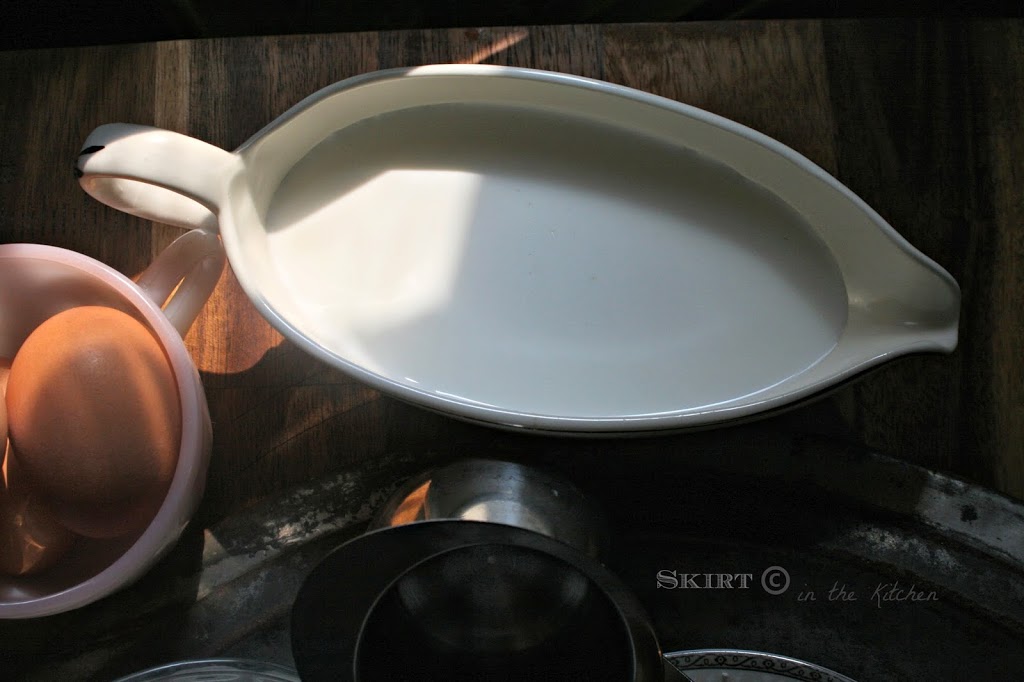adapted from Heirloom Cooking
You can use any kind of milk. I prefer half ‘n half or heavy whipping cream for this bread– seriously! It’s going to be a soft bread but baked with a fatty milk (a cream) and with bread flour, not all-purpose flour, it is incredible– especially left stale for French toast or bread pudding! I would do this for Easter morning, make this a holiday bake for Spring using fresh farm eggs.
It dates from the 18th century, named after a French Huguenot refugee, a young girl brought to England who invented this moist bread that is tender and sweet. She might have sold her baked bread on the streets of Bath. It is said that it was first a “bun”, but it can be made in any form depending on what its purpose is for the bread– a dinner roll, French toast or bread pudding. Here is the historic eating house, Sally Lunn, the link that you can click on to see the beauty of one of the oldest buildings from that time where she resided. The kitchen is left as it was in her day, where she baked this bread.
The colonists carried this bread and the very recipe to America. It was very popular in the 1920’s in the United States. It gradually evolved into a bread made without yeast, but the yeast version is so much better. It’s like a French brioche. There is a slight controversy of what the accurate truth is of the bread and any details about Sally Lunn, the person. The bread is traditionally made and baked in a round pan; therefore, some say that the name for this bread stems from the French “sol et lune”, which means the sun and moon.
It is difficult to thoroughly bake the center when baking it as a whole round bread, so the top crust will need to brown considerably. If you’re using a fatty milk, it will take even longer to get the center completely baked. It would be helpful to bake it in a round tall fluted pan if not in individual bun-pan molds. The directions to this recipe are simplistic, a no-fuss about it. You don’t have to knead it. It takes care of itself, you just guide it– and make sure it gets baked!
Measure 3 1/2 cups flour; set aside.
Have 3 large eggs at room temperature. Measure 1 1/2 cups milk.
Pour 1/4 cup water at 115º F into 2 1/4 teaspoons active dry yeast. Gently stir and let it “bloom” for 10 minutes. Pour the milk in a saucepan to warm over medium heat. When it gets hot enough that bubbles form around the edge of the pan, turn off the heat and add 1/2 cup butter, 1/2 cup plus 1 teaspoon granulated sugar, and 1 1/2 teaspoons salt. Stir to dissolve.
In the bowl of a stand mixer, beat the eggs. Change the whisk attachment out for the paddle attachment. In a fine and steady stream, to avoid cooking the eggs, mix in the hot liquid. When enough has been added to the eggs, turn down the mixer; add all the liquid, then the combined yeast and water. Turn to the lowest setting on the mixer and add 1 cup of flour at a time, then the remaining 1/2 cup. Scrape the sides of the bowl, mix to a smooth state. Remove the bowl and cover with plastic wrap or kitchen linens. Set in a warm place and let rise for 1 hour.
After 1 hour, when dough has been doubled in size, coat the baking pan with a vegetable spray or butter and scrape the dough into the pan. Cover and let rise for 1 more hour. Bake at 350º F for 30 to 40 minutes or possibly longer.
[You can see the creamy texture in the bread.]
— Susan Nuyt, Skirt in the Kitchen
baked good




Leave a Reply